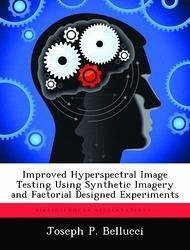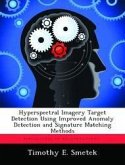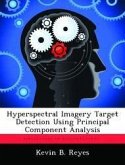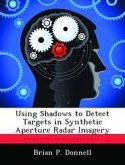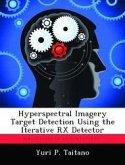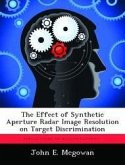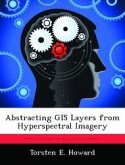The goal of any remote sensing system is to gather data about the geography it is imaging. In order to gain knowledge of the earth's landscape, post-processing algorithms are developed to extract information from the collected data. The algorithms can be intended to classify the various ground covers in a scene, identify specific targets of interest, or detect anomalies in an image. After the design of an algorithm comes the difficult task of testing and evaluating its performance. Traditionally, algorithms are tested using sets of extensively ground truthed test images. However, the lack of well characterized test data sets and the significant cost and time issues associated with assembling the data sets contribute to the limitations to this approach. This thesis uses a synthetic image generation model in cooperation with a factorial designed experiment to create a family of images with which to rigorously test the performance of hyperspectral algorithms.
Bitte wählen Sie Ihr Anliegen aus.
Rechnungen
Retourenschein anfordern
Bestellstatus
Storno

